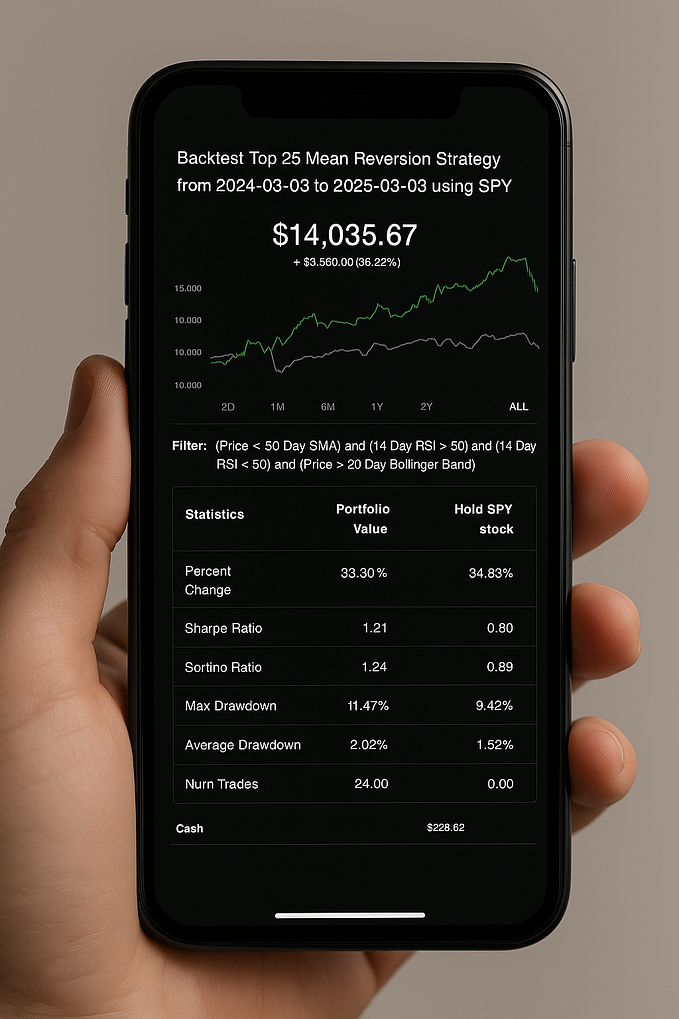
Despite the ongoing pandemic, 2021 was a great year for cryptocurrencies in Latin America. Based on a survey, cryptocurrency in the region rose to a whopping 880% between June 2020 and July 2021.
In fact, the region has consistently shown 8% to 10% of global cryptocurrency activity.
One of the contributing factors to this is remittances — the major source for families and economies across the region. That’s because transfers using Bitcoin and non-national currencies are much cheaper than traditional services.
In addition, inflation and currency devaluation are also primary contributors to the rise. It forced the locals to start investing in crypto wallets and using them for everyday transactions.
4 Reasons Cryptocurrency Is Rising in Latin America
However, aside from these two, let’s take a look at the other reasons why cryptocurrencies in Latin America are surging.
Volatile Economy
One of the first reasons why Latin Americans prefer cryptocurrencies is that their national currency is more unpredictable. Venezuela has an inflation rate of nearly 72000%.
Other countries in the region also face the same predicament. For that reason, the locals are still in search of an alternative to protect their wealth. Cryptocurrencies provide that haven.
By storing their wealth in digital currencies, Latin Americans can protect it from the instabilities of the market economy.
Rampant Corruption
Due to the rapidly changing leaders, rampant corruption, and widespread instability the people have started to lose faith in their government. Naturally, this affected the region’s economic status, forcing the locals to lose faith in their national currencies.
That said, cryptocurrencies, like Dash and Bitcoin, have become a huge hit in the region. In fact, crypto wallets in Latin America are decentralized, meaning they’re not regulated by the government or any financial institution.
Because inflation rates are rising in the region, crypto remains a better alternative than holding national currencies which are losing value. Despite being a volatile and risky asset, many would still opt to invest their money in cryptocurrencies for wealth protection.
Tech-Savvy Population
Latin America has a predominantly younger population, meaning the majority of their population is comfortable with the latest technological innovations and has growing enthusiasm for it.
That said, they’re more familiar with different kinds of investments. One of the first things they’ll look into if they want to make a wise investment is the platform they’ll be using.
That’s where cryptocurrency comes in. Its security, anonymity, and allure of storing wealth in a safer digital wallet made it enticing to the younger generation from the region.
Easier Transactions
Latin America has 450 million active internet users and 240 million active bank account holders. That only shows that 60% of the population doesn’t have any savings account.
It only shows that a large number of adults don’t have a proper financial structure. That’s where cryptocurrencies come in. One of the problems with not having a bank account is the fact that you can’t do digital transactions easily.
But cryptocurrencies made remittances easier. By using blockchain technology, cryptocurrencies allow simple, secure, and safe money transfers.
In addition, the process is protected by the blockchain technology distribution ledger system, meaning there’s a less likely chance of losing the money in the middle of the transaction.
For the public, it has become the safest and most secure way of storing their wealth.
Another factor that made cryptocurrency popular in the Latin American region is they have greater internet access than banking facilities.
No wonder people are leaning more and more towards digital wallets.
Top Countries Adopting Cryptocurrencies
For those reasons, crypto and digital wallets have sparked startups in Latin America. In 2021, the number of crypto firms in the region grew from $68 million to $650 million.
Despite that, people are still skeptical due to the kind of volatility it offers and the potential for criminal use. As a result, different countries in the region have decided to monitor these wallets to safeguard and promote the usage of these products.
These countries are:
Brazil
Brazil has the largest Latin American economy, making them the biggest crypto market and a hub for crypto-related venture capital. It’s valued at $27.6 billion a year as of April 2022.
Latin America’s first cryptocurrency, Mercado Bitcoin, is in Brazil and it’s valued at above $2 billion last year. That said, Brazil has the highest percentage of its population owning crypto in Latin America.
In April, the Senate passed a bill that governs digital assets, including tokens and Bitcoin. It includes provisions that define digital assets and implement rules for day-to-day usage.
El Salvador
In September, El Salvador became the first country in the region to adopt Bitcoin as the official legal currency. President Nayib Bukele launched volcano-powered crypto mines and a state-sponsored crypto wallet, making El Salvador a utopic Bitcoin city.
For that said, he hoped entrepreneurs and citizens would adopt Bitcoin for everyday transactions and remittance payments. Meanwhile, rating agencies and the IMF warned against the use of Bitcoin due to the instability of its vulnerability to financial crimes and the instability of its value.
But that has caused problems. Bitcoin’s crash added to losses amounting to $40 million.
Panama
Panama passed a bill in Congress that regulates eight cryptocurrencies: XRP Stellar, XDC Network, Litecoin, IOTA, Ethereum, Elrond, Bitcoin, and Algorand. It also contains provisions connected with tokenization, which is when a digital counterpart is produced for a physical asset.
If the bill gets approved, the locals would have the chance to use any of these currencies for civil matters and private businesses, such as paying taxes.
However, there are still worries that crypto wallets can be used for money laundering. Illegal financial activity is a huge problem in the country for the past years. Despite that, local lawmakers have assured that those digital crypto wallets will be overseen and regulated by them.
They also reassured the public that the transactions will be subject to the country’s existing laws on financial transparency.
Cuba
More than 100,000 of Cuba’s 11 million citizens have crypto wallets. Considering that, it’s a significant development for a country that only recently introduced mobile internet. Cuba’s crypto usage is related to the United States embargo on Cuban economic activity. It blocks the citizen’s access to much of the Western world’s financial systems.
Digital currencies are especially popular in Cuba for remittance payments. In November 2020, former US President Donald Trump blocked Western Union’s operations, the company facilitating remittances to Cuba. It influenced the rise of digital wallets to send money to the island.
In April, Cuba’s central bank approved licensing of certain cryptocurrency service providers after having allowed crypto for personal use in 2021.
Argentina
Argentina’s unstable peso was the contributing factor to the rise of cryptocurrency in the country. It’s currently experiencing an annual inflation rate of 55%. Before, the locals store their wealth in euros or dollars, but cryptocurrency in the country reached $103 billion in 2021.
In line with that, the number of companies paying their employees in crypto increased to 340% in the past year, making Argentina the country with the highest percentage of crypto-paid employees.
Using and producing crypto is also widespread in the county’s southern region. Patagonia is the host for the energy-heavy task of mining new crypto because electricity is cheaper in the country. However, it’s getting more expensive to mine as the digital wallets grow and local governments raise taxes.
BitPatagonia, one of its largest registered mining companies, saw its energy bills rise by 400%.
Final Thoughts
Now, a huge majority of Latin America’s region is suffering from drug-related violence, corruption, and poverty. That said, cryptocurrency presents an alternative to some of these problems, but it could also make things more complicated if not regulated properly.
Despite implementing regulations for digital crypto wallets, they still have a long way to go.
Whether cryptocurrency ends up as a game-changer or another tool of corruption depends on the lawmakers’ actions over the next few years.








